Crispr has driven biotech investment, but also the possibility of dangerous applications.
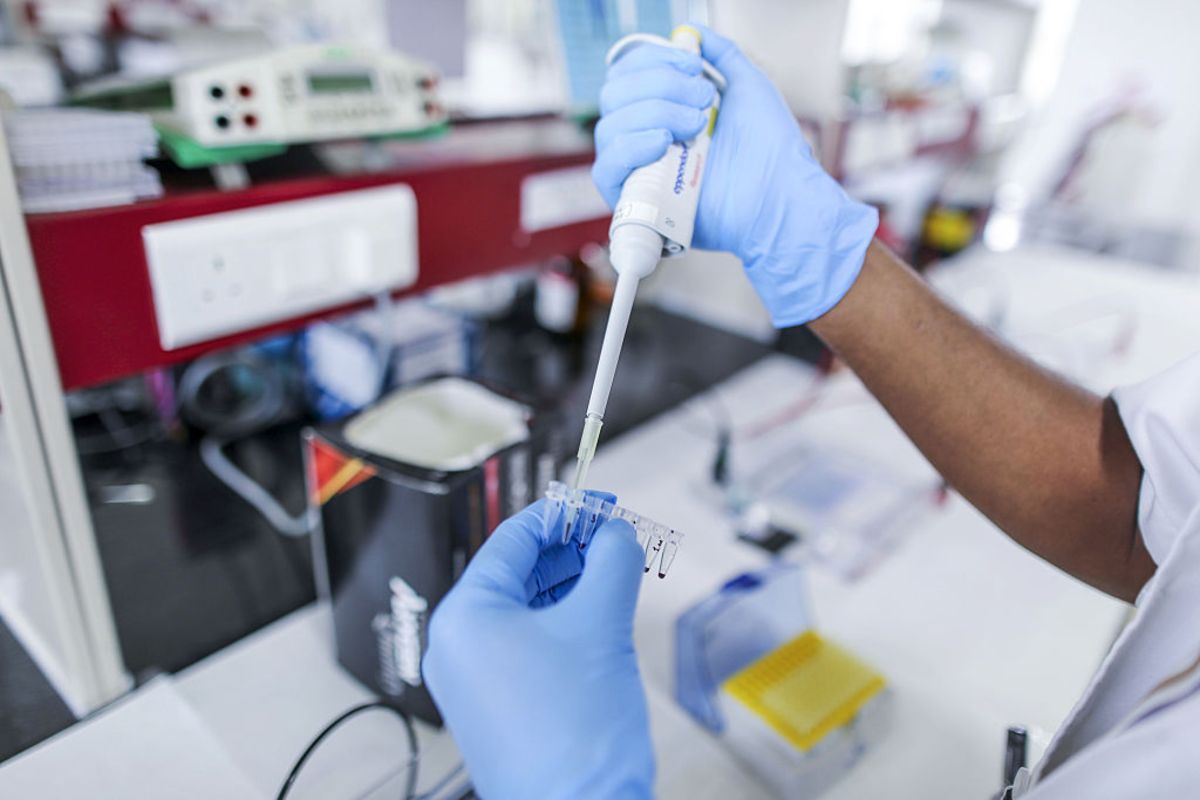




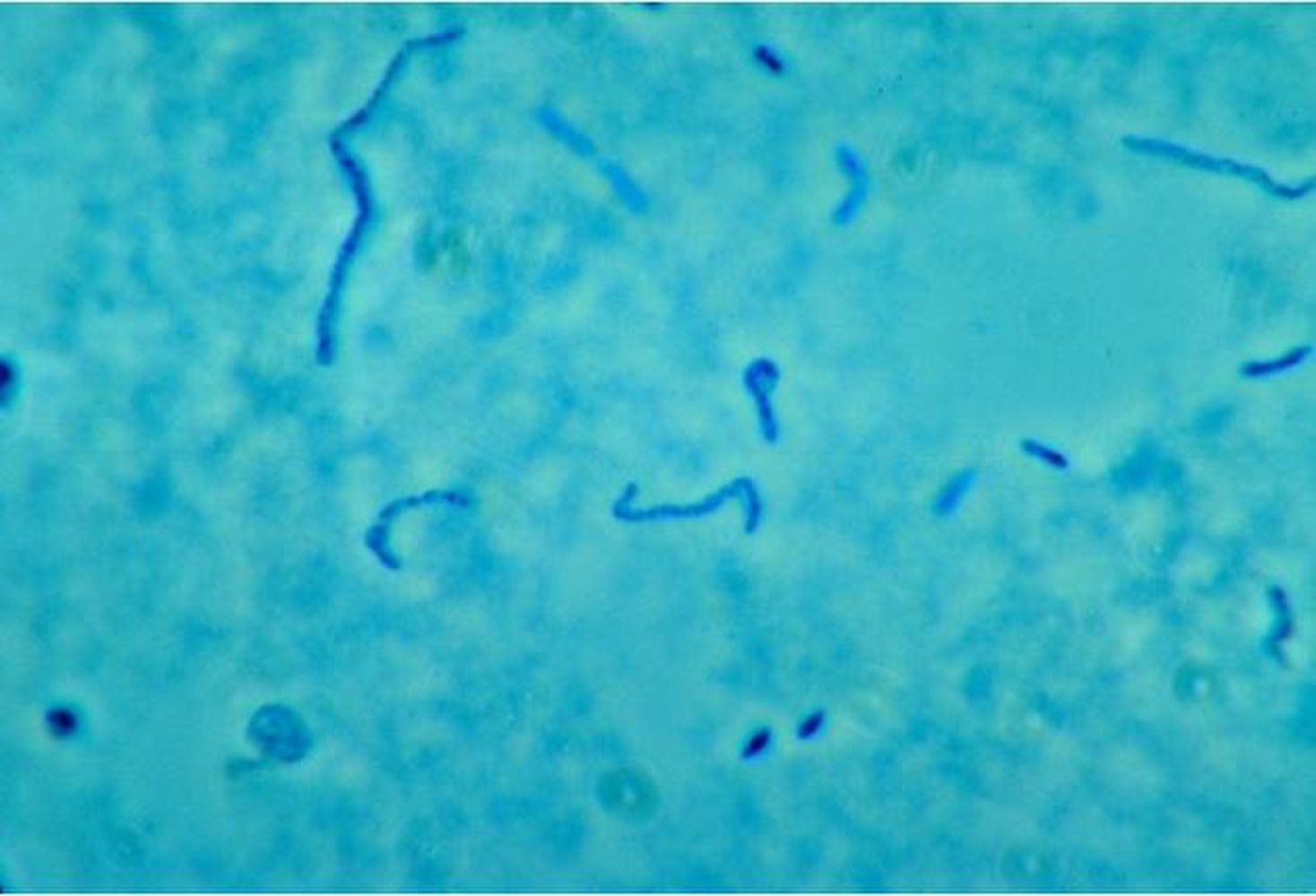
A college student-athlete in Kansas died suddenly from a rare bacterial infection after thinking her symptoms were due to tonsillitis, according to news reports.
The 23-year-old, Samantha Scott, was a top coxswain on the rowing team at Kansas State University, according to a statement from the university. But about two weeks ago, she started to feel unwell.
Initially, it was thought that Scott had tonsillitis, or inflammation of the tonsils, according to local news outlet KDVR. Tonsillitis can cause symptoms such as sore throat, fever and pain when swallowing. But Scott had actually developed an illness called Lemierre syndrome, a condition that’s so rare it was referred to as “all-but-forgotten disease” in a 2006 report of a similar case. [27 Oddest Medical Cases].
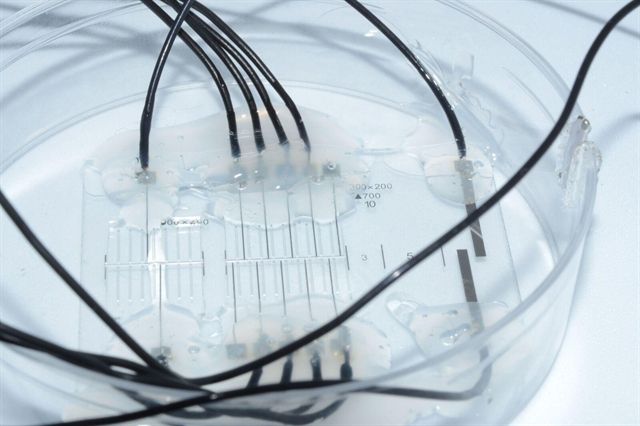
Neuroprosthetics are implants that contain an arrangement of multi-contact electrodes capable of substituting for certain nerve functionalities in the human body. This technology has the potential to work wonders for people who have been injured or paralyzed, able to restore the sense of touch for amputees, help someone who has been paralyzed to walk again by stimulating their spinal cords, or silence the nerve activity of people suffering from chronic pain. This would provide many people with a greater degree of mobility, functionality, and a higher overall quality of life.
Stimulating nerves at the right place and the right time is essential for implementing effective treatments, but remains a challenge due to implants’ inability to record neural activity precisely. “Our brain sends and receives millions of nerve impulses, but we typically implant only about a dozen electrodes in patients. This type of interface often doesn’t have the resolution necessary to match the complex patterns of information exchange in a patient’s nervous system,” says Sandra Gribi, a PhD student at the Bertarelli Foundation Chair in Neuroprosthetic Technology.
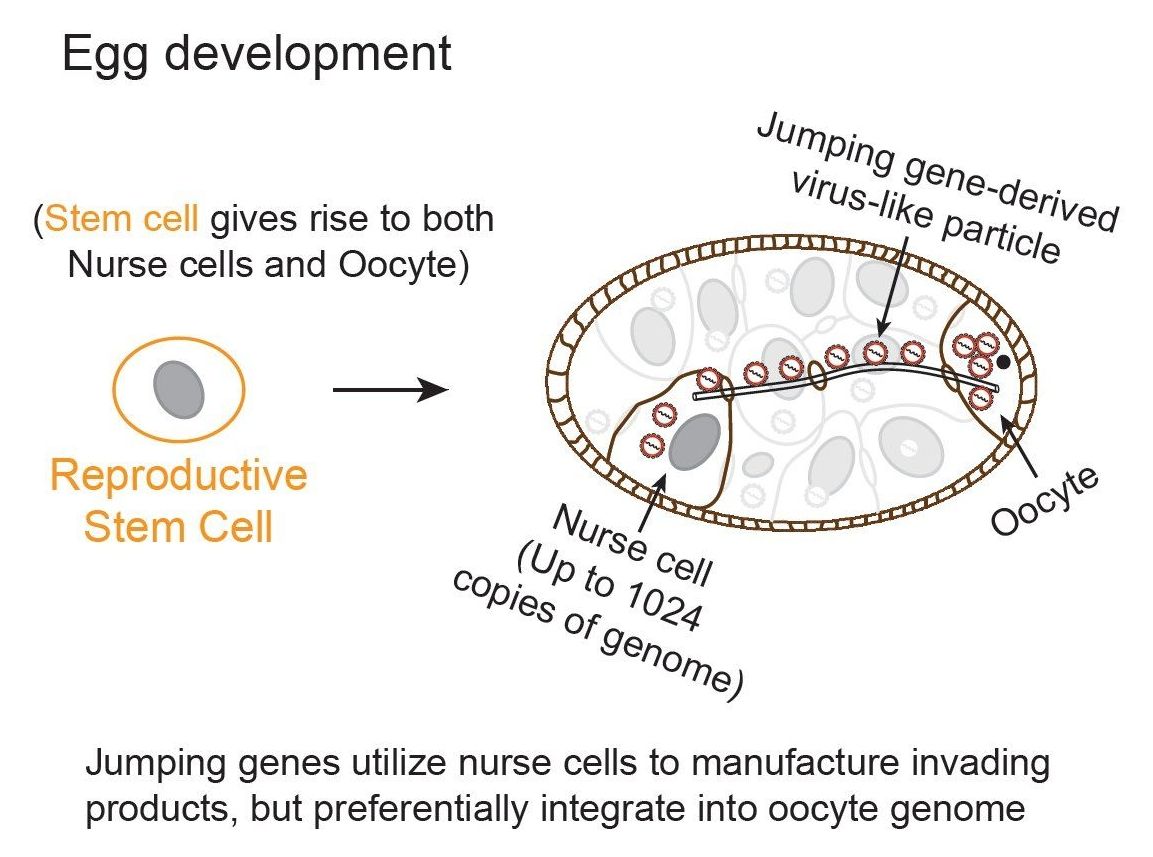
Almost half of our DNA sequences are made up of jumping genes—also known as transposons. They jump around the genome in developing sperm and egg cells and are important to evolution. But their mobilization can also cause new mutations that lead to diseases, such as hemophilia and cancer. Remarkably little is known about when and where their movements occur in developing reproductive cells, the key process that ensures their propagation in future generations, but can lead to genetic disorders for the hosts.
To address this problem, a team of Carnegie researchers developed new techniques to track the mobilization of jumping genes. They found that during a particular period of egg development, a group of jumping-genes called retrotransposons hijacks special cells called nurse cells that nurture the developing eggs. These jumping genes use nurse cells to produce invasive material (copies of themselves called virus-like particles) that move into a nearby egg and then mobilize into the egg’s DNA. The research is published in the July 26 on-line issue of Cell.
Animals have unwittingly developed a powerful system to suppress jumping gene activity that uses small, non-coding RNAs called piRNAs, which recognize jumping genes and suppress their activity. Occasionally, jumping genes still manage to move, suggesting that they employ some special tactics to escape piRNA control. However, tracking the mobilization of jumping genes to understand their tactics has been a daunting task.
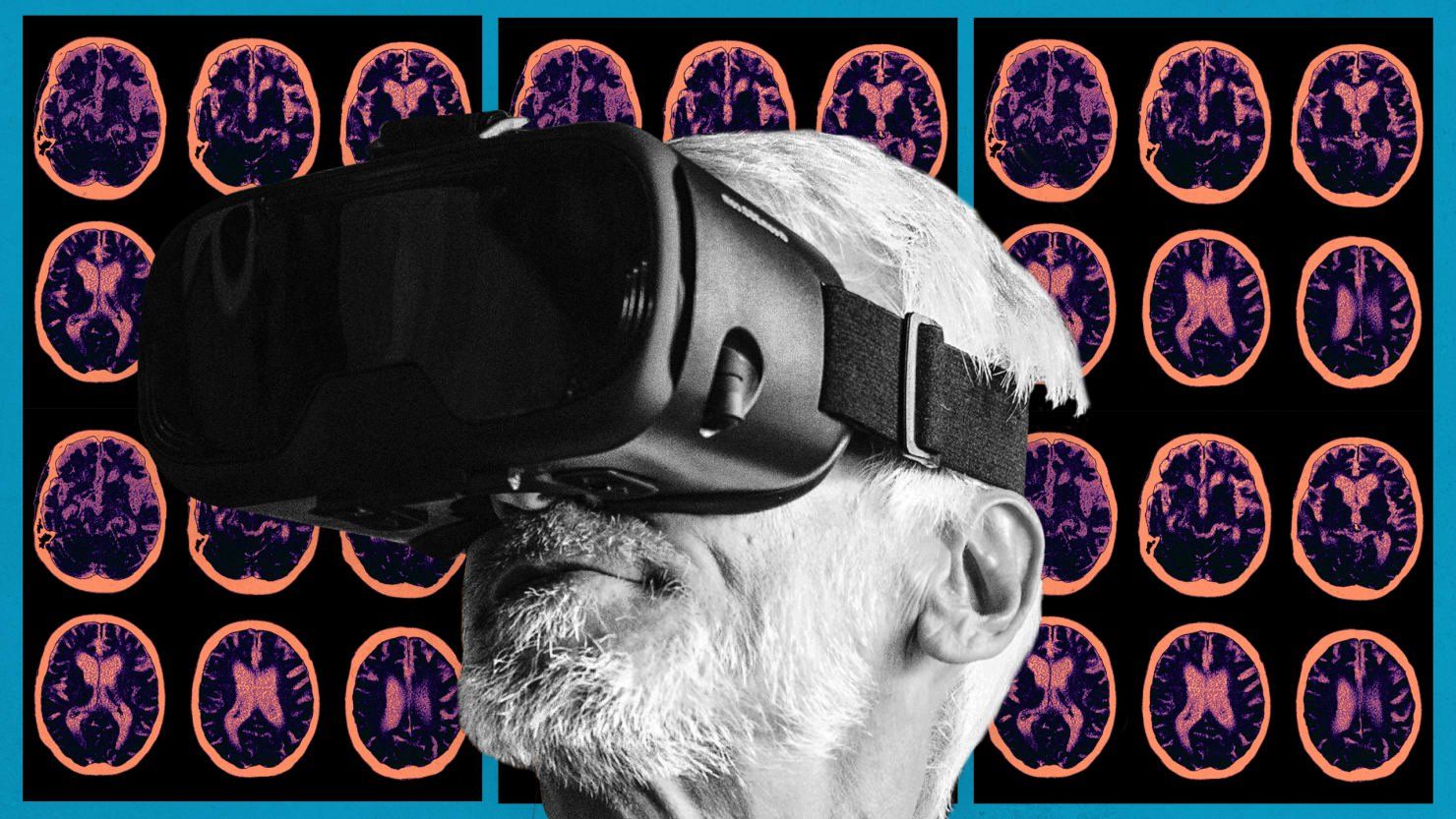
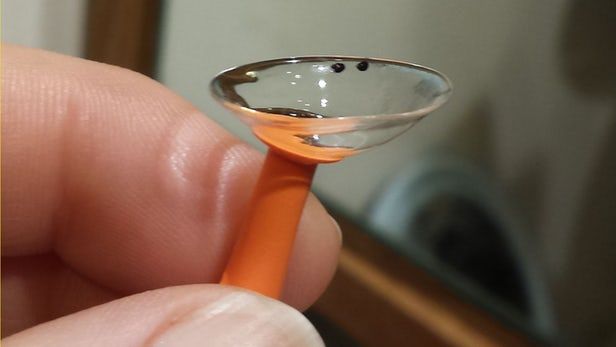
Currently, if someone has a damaged cornea (the surface of the eye), it’s covered with a “bandage” made from the amniotic membrane of human placentas. While this does help repair the eye, an Australian scientist is developing what he believes may be a better alternative – a wound-healing contact lens.

The scientists also used functional MRI scanners to study the participants’ brain activity, enabling them to map 78 brain regions and examine the connections between these areas.
“The major challenge in this study,” explains first study author Tomoki Tokuda, who is a statistician at OIST, “was to develop a statistical tool that could extract relevant information for clustering similar subjects together.”
Tokuda developed a new statistical method that allowed the researchers to break down more than 3,000 measurable features into five data clusters. The measurable features included the incidence of childhood trauma and the initial severity of the depressive episode.